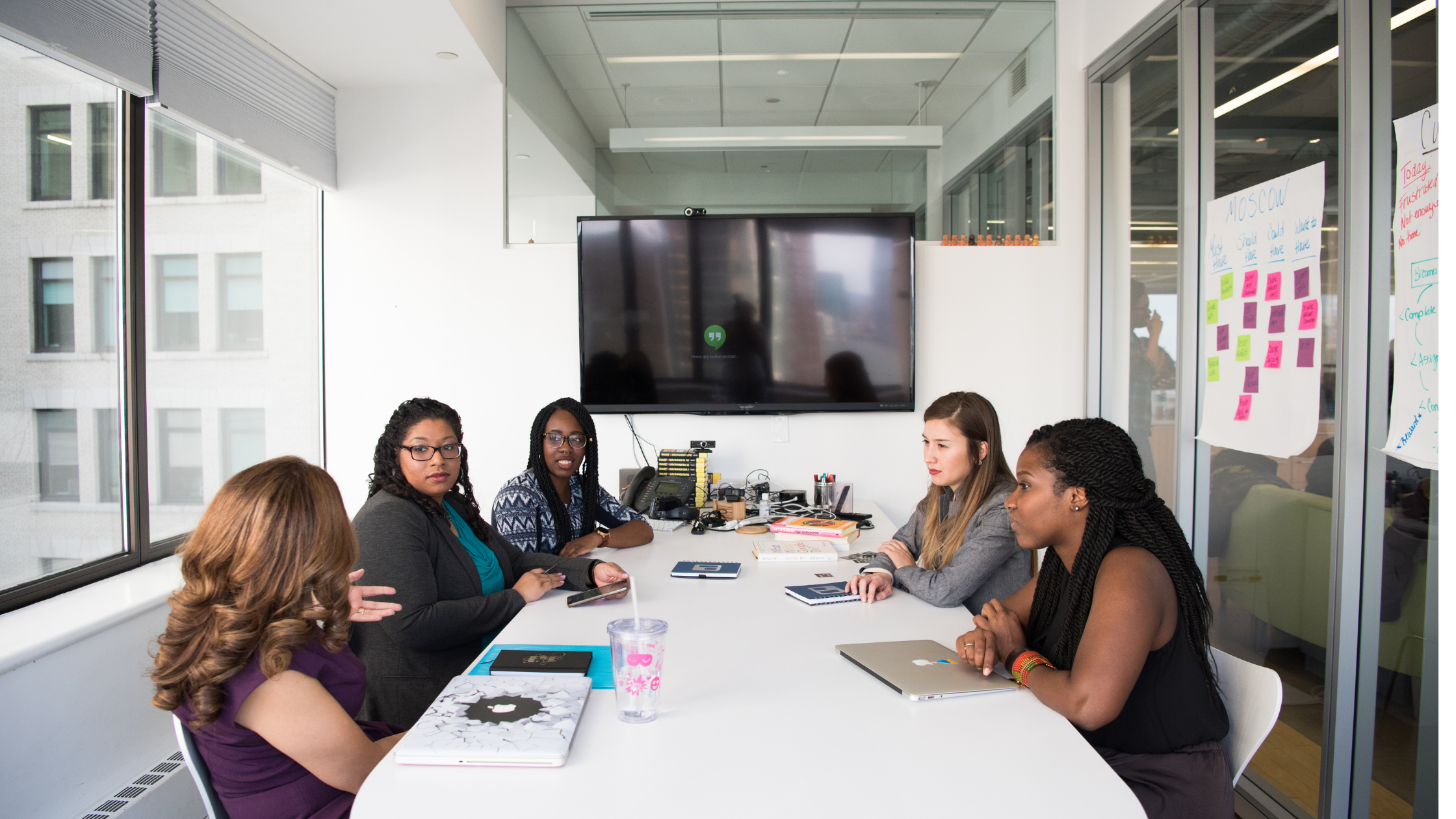
The new year is a great time to review your child care program’s emergency preparedness plans. Each year, Ready.gov encourages families to Resolve to Be Ready and we would like to help child care programs be ready in 2022 as well.
Child Care Emergency Preparedness
Child care emergency preparedness is important because we know that emergencies happen every day. As a child care provider, you must be prepared and ready for anything that might come your way, including weather threats and severe storms, as well as other events, such as the ongoing COVID-19 pandemic. With proper planning and practice, you can ensure that the children in your care (as well as you and your staff) are safe should disaster strike. Readiness also helps families feel informed and reassured when leaving their children in your care, and children begin to understand what is expected, should a disaster take place.
Child Care Emergency Preparedness Checklist
Use the checklist below to make sure your child care program is prepared for any disaster or emergency that might occur this year.
- Review the Written Emergency Plan Video Series to learn more about emergency planning..
- Write or update your written all-hazards emergency plan. Be sure to include a schedule for practice drills and ensure staff and program volunteers are trained on the emergency plan and processes. Take time to evaluate what went well during the drill, as well as improvements that can be made.
- Make sure you take extra steps to meet the unique needs of infants and toddlers.
- Sign up for emergency alerts to get important information from public safety officials.
- Determine your schedule for checking the contents of your emergency supply kit to make sure everything is fully stocked and ready and matches the needs of the children who are currently enrolled in your program and the needs of staff who work in your program
- Learn how to turn off the utilities at your child care business, including water, electricity, and gas.
- Establish an emergency fund.
- Make sure you have adequate insurance coverage for your child care program.
- Learn about business continuity planning for child care.
- Check the outdoor air quality in your area regularly and know when it is unsafe to take children outdoors.
- Be sure you’re prepared to support the social emotional needs of the children in your care. Children will pick up on the emotions of staff during disasters, which is why it is important to practice drills, so everyone feels prepared in advance of an emergency.
- Encourage staff to practice self-care. Don’t forget to practice it yourself as well!
- Share information with parents about your emergency plan and why emergency preparedness is important.
- Take your work with families a step further by partnering with them in your child care emergency preparedness.
- Involve children in your emergency preparedness planning.
Next Steps
Once you have reviewed the checklist, decide what steps you need to take to ensure your child care program is prepared in case of an emergency. Contact your local CCR&R and regulatory agency for help with child care emergency preparedness planning.
The Child Care Aware® of America Emergency Preparedness, Response, and Recovery team collects stories from child care providers who experience emergencies to share lessons learned. If you experience an emergency in your child care program, please share the story so others can benefit from your experience.
Resources
- Emergency Preparedness (CCAoA)
- Caring for Children in a Disaster (CDC)
- Early Childhood Disaster-Related Resources for Early Childhood Education Providers (OHS)
- Emergency Preparedness Manual for Early Childhood Programs (National Center on Early Childhood Health and Wellness)
- Emergency Preparedness, Response, and Recovery Resources for Child Care Programs (Child Care State Capacity Building Center)
- CCDF Health and Safety Requirements Brief #6: Emergency Preparedness and Response Planning (National Center on Early Childhood Quality Assurance)
- Caring for Our Children 9.2.4.3: Disaster Planning, Training, and Communication
- Ready.gov
- HealthyChildren.org (AAP)
- Disaster Distress Helpline (SAMHSA): 1-800-985-5990





